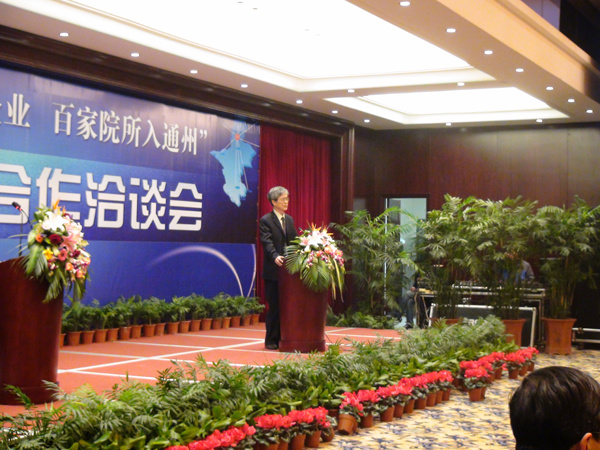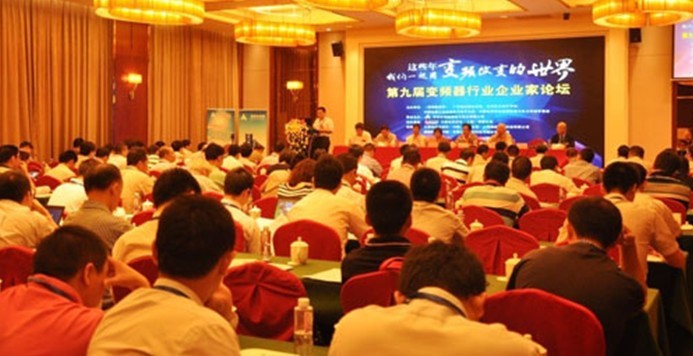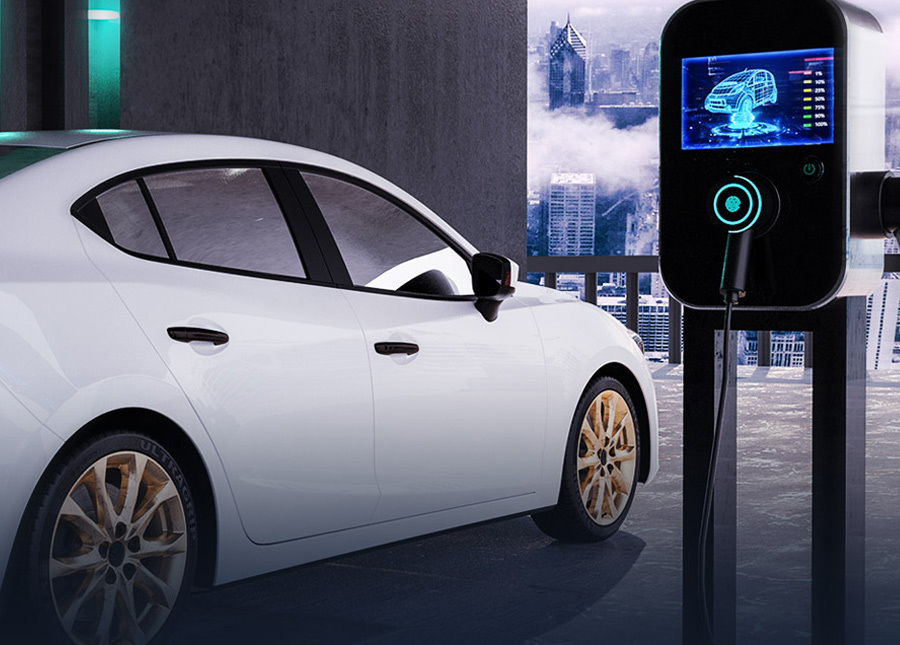The energy-saving principle of low-voltage frequency converters
Release Time:
Feb 25,2022
For example, a centrifugal pump motor has a power of 55 kW. When the speed drops to 4/5 of the original speed, its power consumption is 28.16 kW, saving 48.8% of electricity. When the speed drops to 1/2 of the original speed, its power consumption is 6.875 kW, saving 87.5% of electricity.

Variable frequency energy-saving
The energy-saving of frequency converters is mainly reflected in the application of fans and water pumps. In order to ensure the reliability of production, various production machinery has a certain margin when designing and using power drives. When the motor cannot operate at full load, in addition to meeting the power drive requirements, the excess torque increases the consumption of active power, resulting in waste of electrical energy. The traditional speed regulation method for equipment such as fans and pumps is to adjust the air and water supply by adjusting the opening of the inlet or outlet baffle and valve. Its input power is large, and a large amount of energy is consumed in the interception process of the baffle and valve. When using variable frequency speed regulation, if the flow rate needs to be reduced, the requirement can be met by reducing the speed of the pump or fan.
According to fluid mechanics, P (power)=Q (flow rate) x H (pressure), the flow rate Q is proportional to the power of the rotational speed N, the pressure H is proportional to the square of the rotational speed N, and the power P is proportional to the cube of the rotational speed N. If the efficiency of the water pump is constant, when the flow rate is required to decrease, the rotational speed N can decrease proportionally, and at this time, the output power P of the shaft decreases in a cubic relationship. The power consumption of the water pump motor is approximately proportional to the rotational speed. When the required flow rate Q decreases, the output frequency of the frequency converter can be adjusted to proportionally reduce the motor speed n. At this point, the power P of the motor will be significantly reduced in a cubic relationship, saving 40% to 50% energy compared to adjusting the baffle and valve, thus achieving the goal of energy conservation.
For example, a centrifugal pump motor has a power of 55 kW. When the speed drops to 4/5 of the original speed, its power consumption is 28.16 kW, saving 48.8% of electricity. When the speed drops to 1/2 of the original speed, its power consumption is 6.875 kW, saving 87.5% of electricity.
Keywords:
More information









